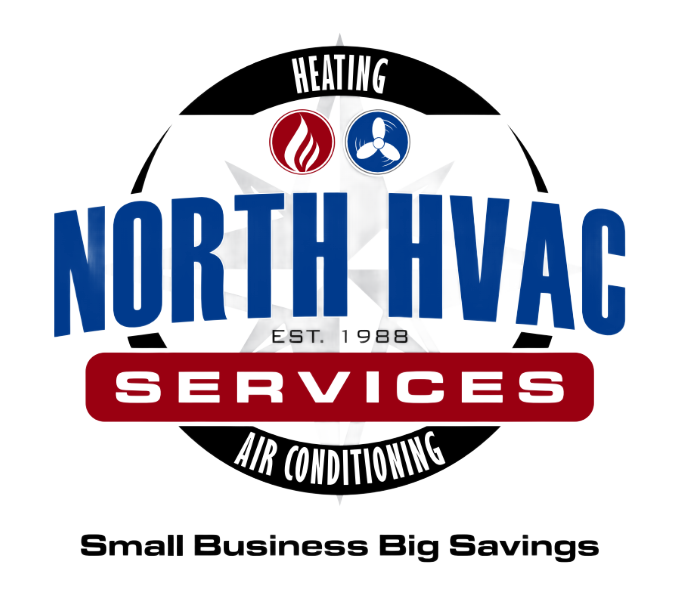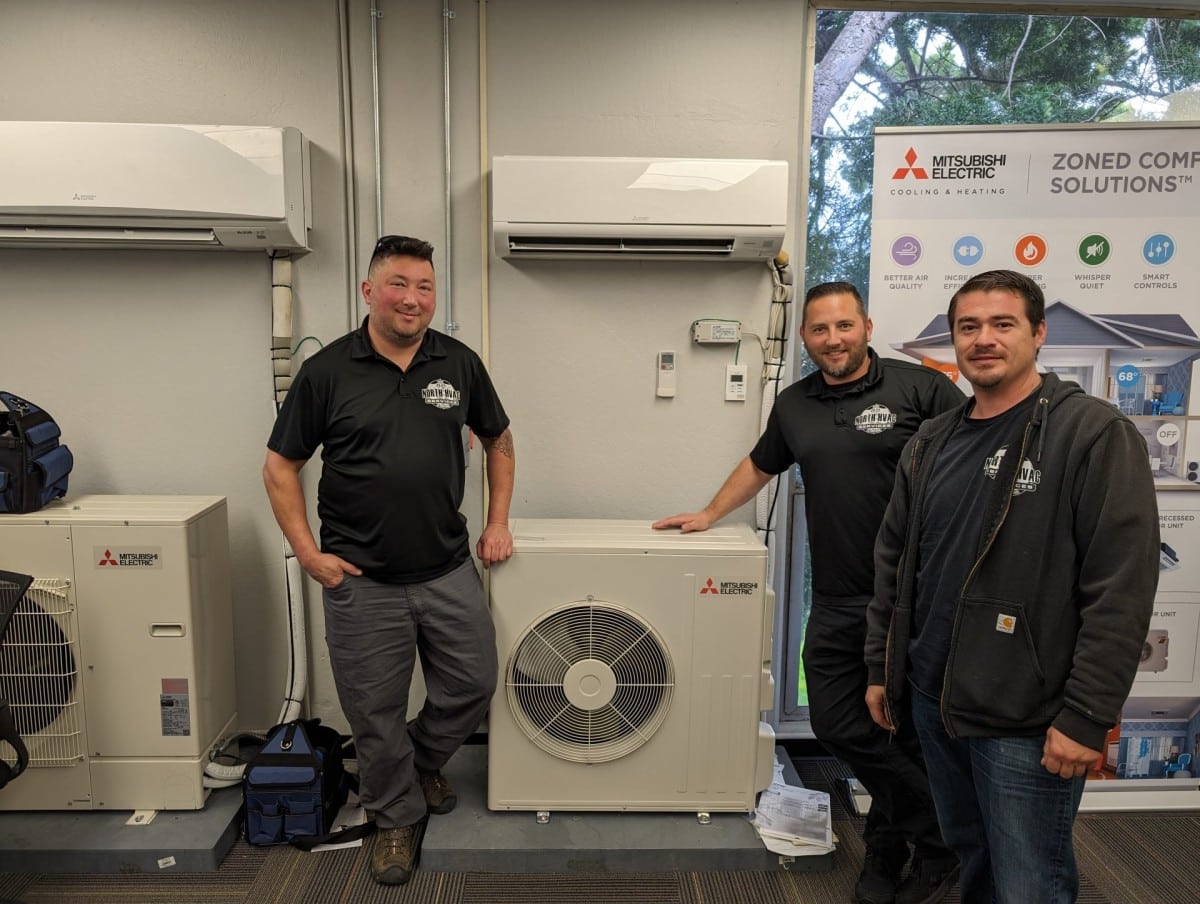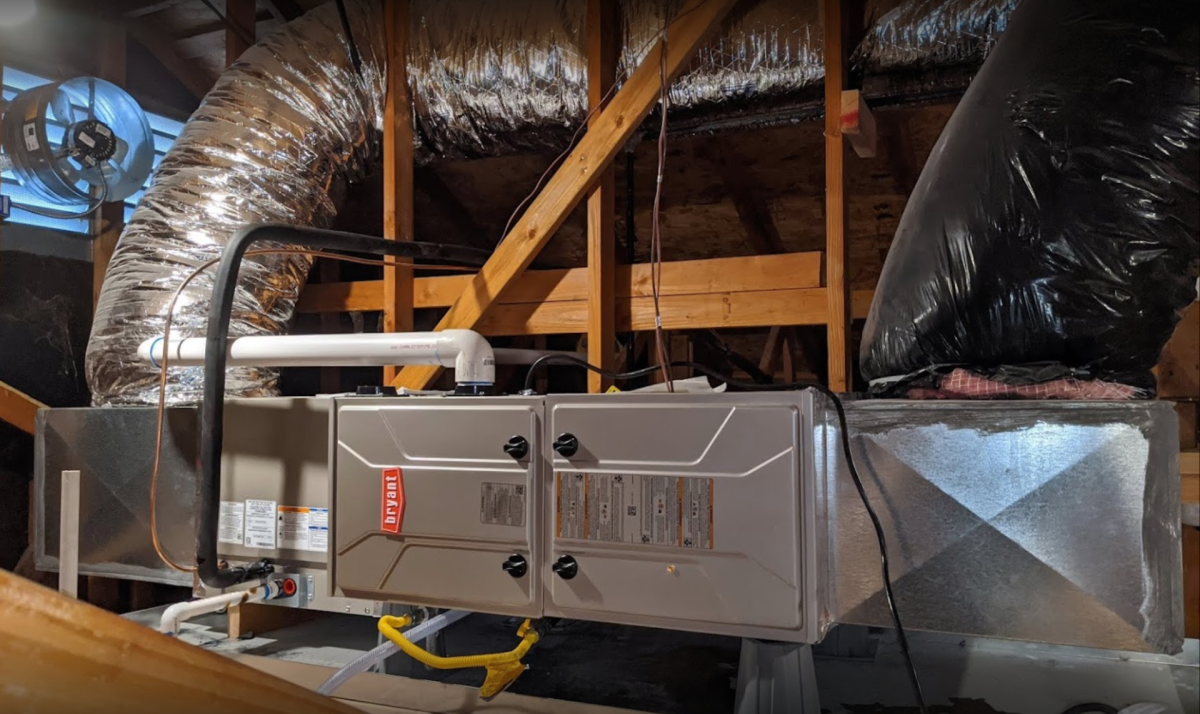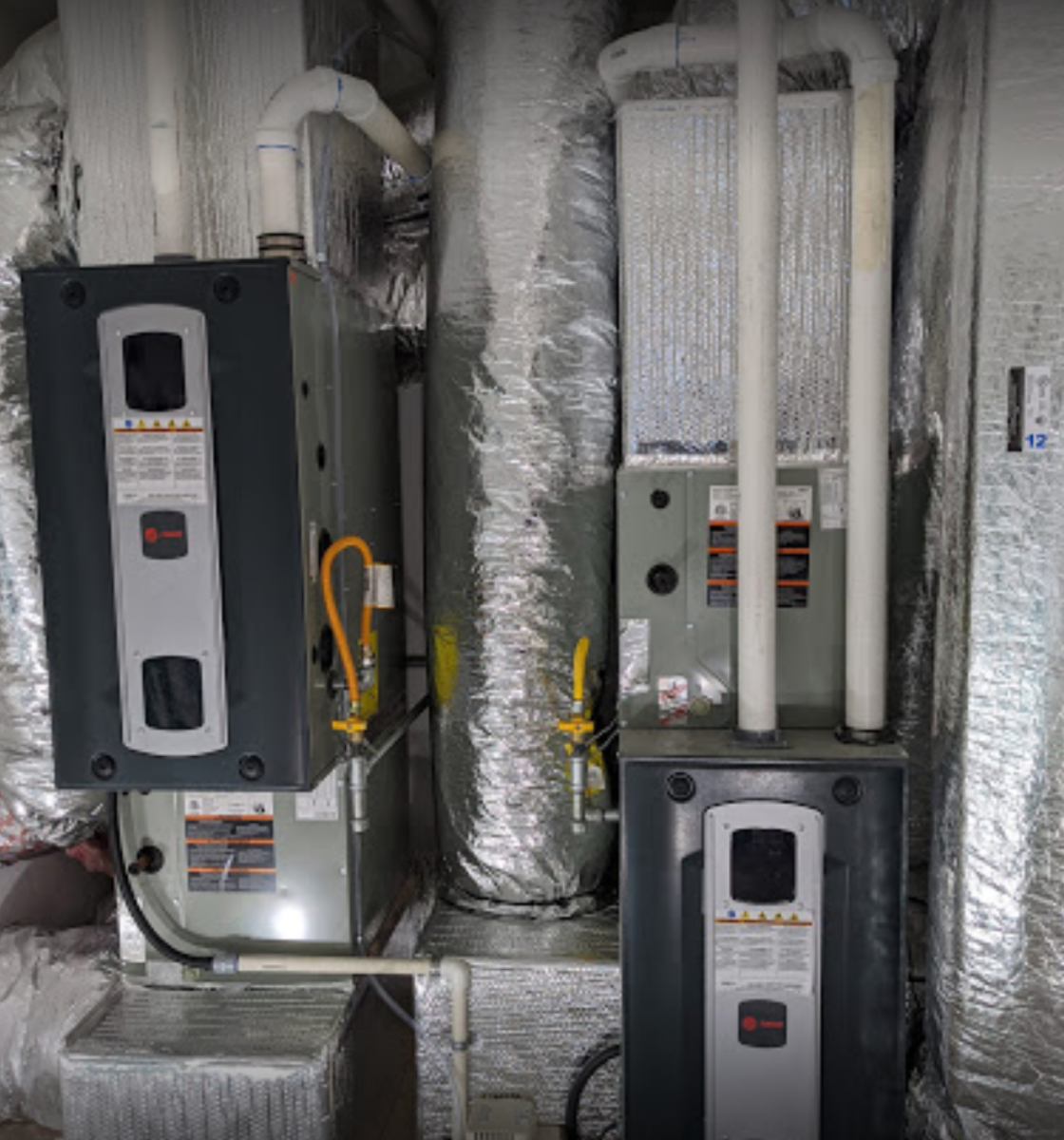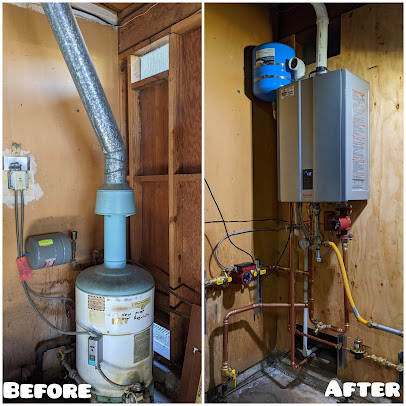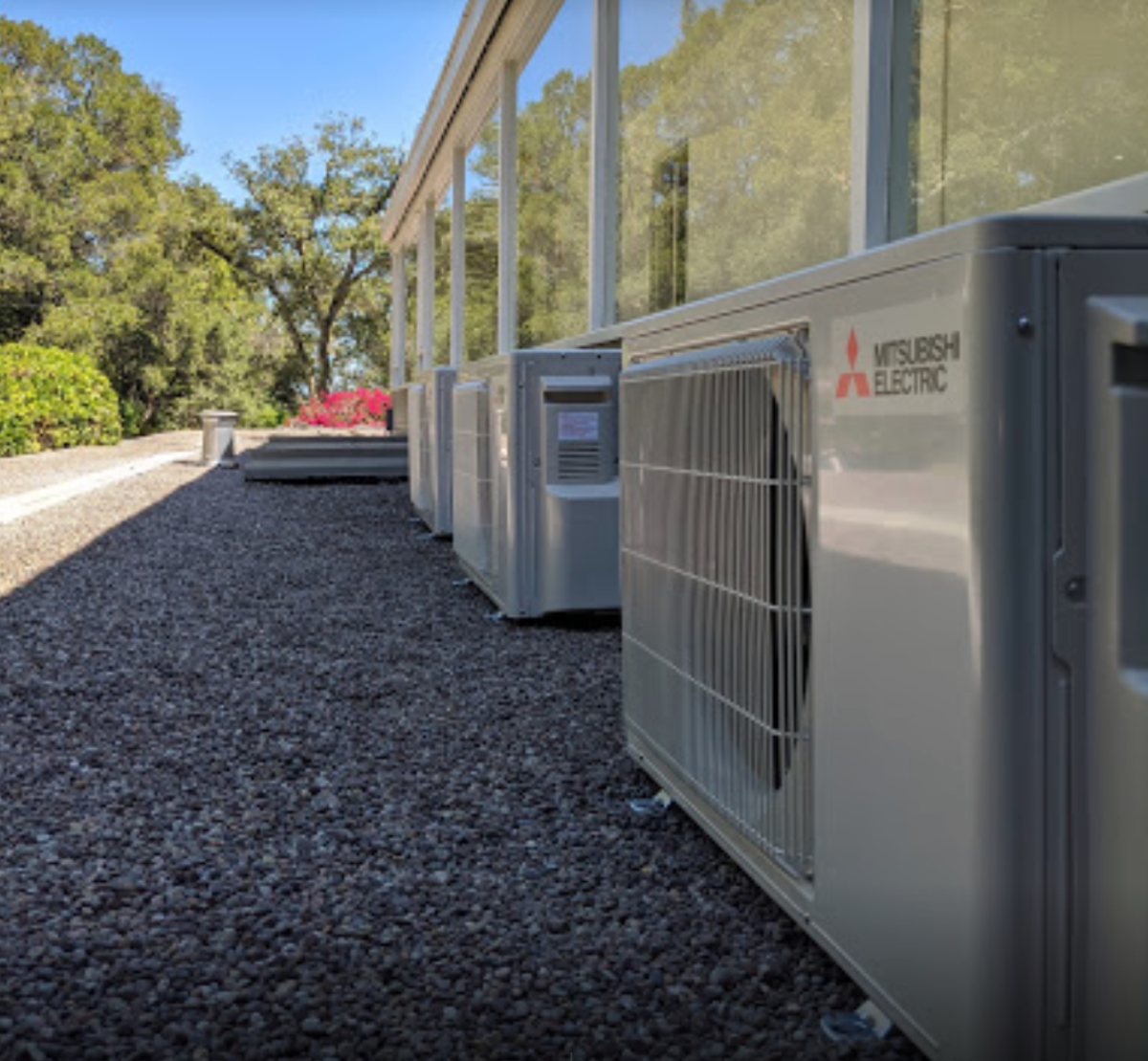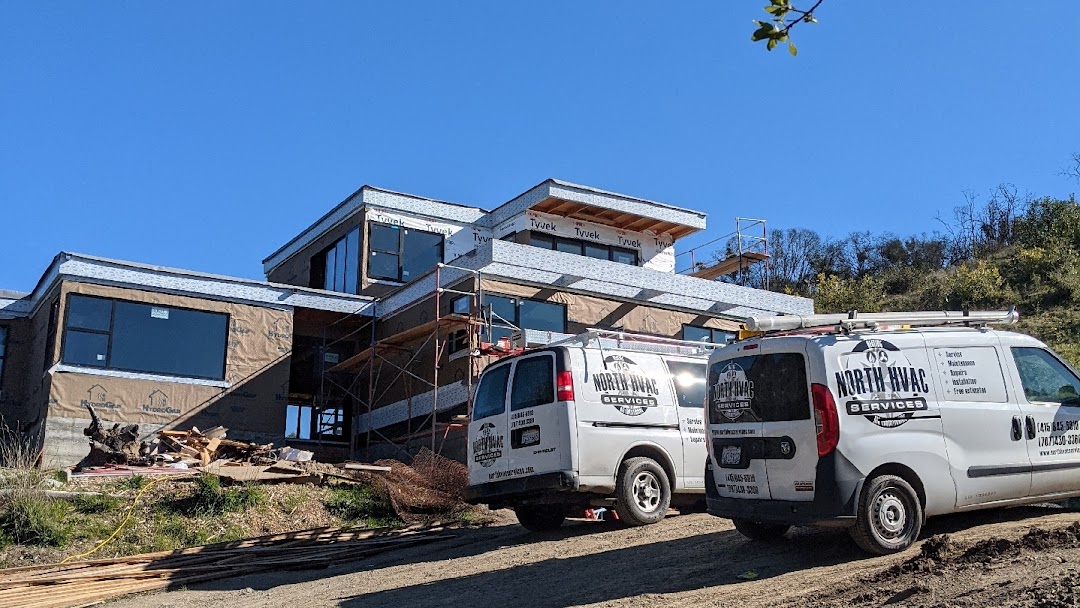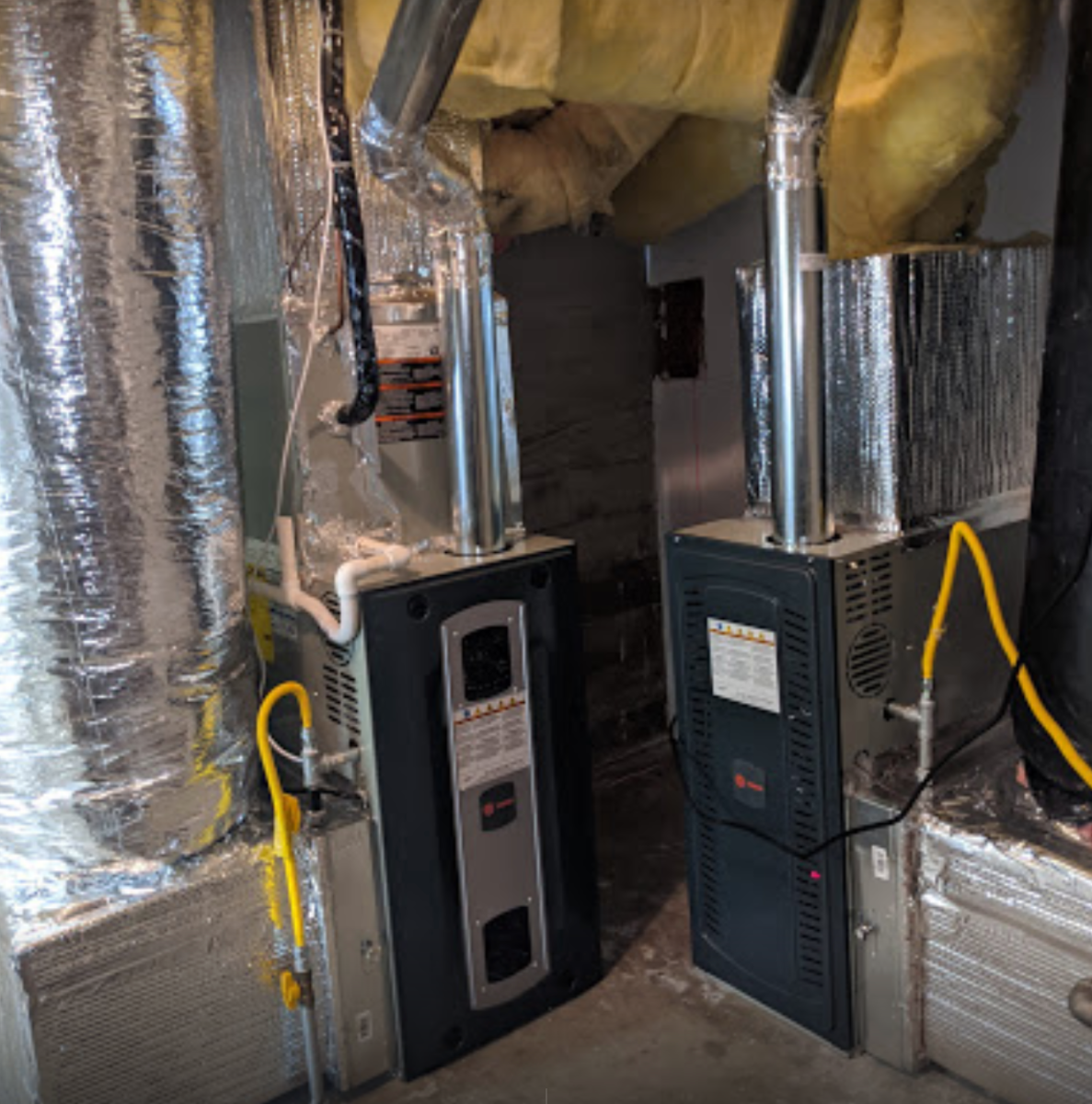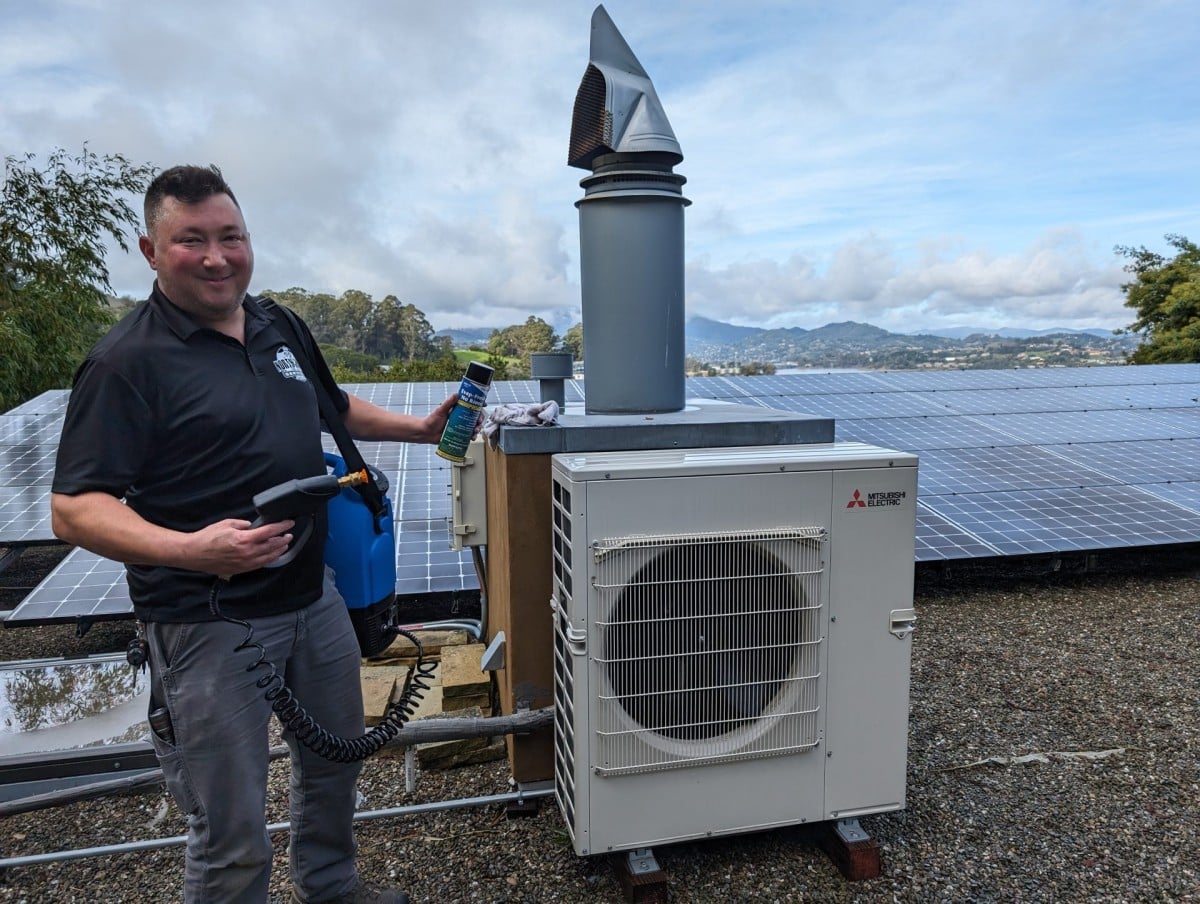Your air conditioning system just powered through another demanding summer. Your retail customers stayed comfortable during the August heat waves. Your restaurant kitchen maintained safe temperatures through September dinner rushes. Your office employees remained productive despite October’s unexpected warm spells.
Now comes the question most business owners overlook: what happens to your AC system after months of continuous operation? October represents the perfect window for end-of-season maintenance. This isn’t about comfort, it’s about protecting revenue. System failures during next summer’s peak season mean lost sales, unhappy customers, and emergency repair bills that dwarf preventive service costs. This guide from North HVAC Services explains why October air conditioning repair services focus on prevention rather than crisis management, and how smart maintenance today protects your business operations throughout 2026.
The Business Case for October AC Maintenance
HVAC system downtime can create significant financial strain for businesses beyond just repair expenses. Unplanned equipment failures often lead to reduced productivity, customer discomfort, and operational disruptions. In retail settings, uncomfortable indoor temperatures can drive customers away, directly affecting sales.
Restaurants risk food safety and ventilation issues when systems fail, while office environments experience decreased employee focus and efficiency as temperatures rise. For many commercial spaces, maintaining consistent climate control is essential not only for comfort but also for protecting revenue, ensuring compliance, and preserving customer trust. Proactive maintenance and timely service help minimize these disruptions, keeping business operations stable and preventing the costly ripple effects that follow unexpected HVAC breakdowns.
Summer Performance Reveals Hidden Problems:
Your AC system operates under maximum stress during the summer months. Compressors run continuously. Electrical connections vibrate loose. Refrigerant levels drop from minor leaks. Condenser coils accumulate months of dust and pollen. These issues don’t cause immediate failure. Instead, they reduce efficiency and set the stage for catastrophic breakdowns during next year’s peak demand.
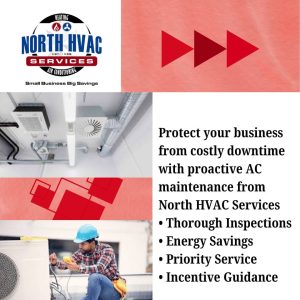
October Timing Advantages:
| October Service | Peak Season Emergency |
| 2-3 day scheduling | 7-10 day wait times |
| Thorough 2-3 hour inspection | Rushed 45-minute emergency fix |
| Standard service rates | Premium emergency pricing (150-200% markup) |
| Identify problems before failure | Address problems after business impact |
Petaluma’s climate creates unique demands on commercial systems. September and October regularly bring heat spikes into the 80s and 90s. These late-season demands stress already-fatigued equipment. Systems that struggled through August often reveal their weaknesses during these unexpected warm periods.
End-of-season maintenance accomplishes what summer service cannot. Technicians have time for a comprehensive evaluation rather than rushed repairs. They can document system conditions for capital planning. They can address developing issues before winter dormancy allows small problems to become major failures.
What Comprehensive End-of-Season Service Includes
Effective end-of-season air conditioning repair services go far beyond basic cleaning and filter changes. North HVAC Services understands what thorough service entails and helps you evaluate proposals and recognize value versus superficial inspections.
Post-Summer System Assessment
Evaluating Cumulative Wear:
Commercial systems operate differently from residential units. They run longer hours under heavier loads. A retail store’s rooftop unit might operate 70-80 hours weekly compared to 20-30 hours for typical homes. This extended operation accelerates wear on every component.
Technicians measure actual system performance against manufacturer specifications:
- Temperature differential between return and supply air
- Refrigerant pressures and subcooling temperatures
- Amperage draw on compressor and fan motors
- Airflow volumes at each zone or register
Refrigerant System Evaluation:
Refrigerant doesn’t “wear out,” but it does leak from aging seals, vibration-loosened fittings, and corrosion. Even minor leaks reduce cooling capacity while increasing compressor workload. Electronic leak detection identifies problems before they cause summer failures.
Electrical Connection Inspection:
Months of vibration loosen electrical connections. Loose connections create resistance. Resistance generates heat. Heat accelerates deterioration. This cycle explains why many commercial systems fail on the hottest days when electrical demand peaks.
Compressor Function Analysis:
The compressor accounts for a significant portion of the overall system replacement cost. Technicians evaluate:
- Operating pressures and temperatures
- Electrical characteristics (voltage, amperage, resistance)
- Oil condition and contamination
- Bearing noise and vibration patterns
Early detection of compressor problems allows planned replacement during off-season. Emergency compressor failure during July means premium parts pricing and lost business during multi-day repairs.
Component Cleaning and Calibration
Condenser Coil Restoration: Wine country air carries unique challenges. Dust from vineyards, pollen from seasonal blooms, and agricultural debris accumulate on outdoor coils. Even thin layers of contamination reduce heat transfer efficiency.
High-pressure coil cleaning removes deposits that restrict airflow. This single service often improves efficiency enough to lower monthly utility bills.
Evaporator Coil Treatment: Indoor coils accumulate different contaminants. Kitchen exhaust carries grease particles. Retail spaces contribute dust and fiber. Office environments add paper dust and toner particles. These deposits restrict airflow and harbor mold growth that affects air quality.
Drain Line Maintenance: Condensate drain lines remove moisture extracted from indoor air. During summer operation, several gallons flow through these lines daily. Come winter, stagnant water in neglected drains breeds algae and bacteria. By spring startup, clogs cause water damage and emergency service calls.
Clearing drain lines in October prevents winter deterioration. Technicians also treat lines with algaecide tablets that prevent growth during dormancy.
Thermostat and Control Calibration: Commercial thermostats often drift from accurate readings. A thermostat reading 72°F when the actual temperature is 75°F wastes energy and reduces comfort. Calibration ensures your system responds to actual conditions rather than false readings.
Preventive Measures for Winter Dormancy
Outdoor Unit Protection: Petaluma winters bring rain and occasional freezing temperatures. While commercial units are built for outdoor installation, winter protection extends service life:
- Debris removal from cabinet interiors
- Inspection of cabinet seals and gaskets
- Verification that drainage paths remain clear
- Documentation of any corrosion requiring spring attention
Addressing Developing Issues: End-of-season inspection identifies problems that don’t yet require immediate repair. A bearing showing early wear. A relay contact showing minor pitting. A control board capacitor is beginning to bulge. Documenting these findings allows planned parts ordering and scheduled repair during your slow season rather than emergency response during peak business periods.
Spring Startup Documentation: Thorough end-of-season reporting creates baseline data for spring comparison. Changes in operating pressures, temperatures, or electrical characteristics between fall and spring indicate problems that developed during winter dormancy.
Red Flags from This Summer’s Performance
Your recent cooling season provided valuable information about system health. Recognizing warning signs helps you distinguish between systems needing maintenance versus those approaching replacement.
Unusual Energy Bill Patterns:
| Pattern | Likely Cause | Action Required |
| Steady 15-20% increase | Efficiency loss from contamination or refrigerant loss | Cleaning and refrigerant service |
| Sudden 30%+ spike | Major component failure or control problem | Immediate diagnostic inspection |
| Bills vary wildly month-to-month | Thermostat or control issues | Control system evaluation |
Compare this summer’s bills to previous years. Even accounting for rate increases and weather variations, dramatic changes indicate problems requiring attention.
Temperature Inconsistency Complaints:
Customer or tenant complaints about temperature problems signal specific issues:
- Some areas too warm, others too cold: Zoning or distribution problems
- Morning temperatures uncomfortable: Night setback not recovering properly
- Afternoon cooling inadequate: Insufficient system capacity or efficiency loss
- Temperature varies throughout the day: Thermostat location or calibration issues
System Cycling Behavior:
Normal operation shows regular cycles matching outdoor temperature and building load. Abnormal patterns include:
- Short cycling: System runs 5-10 minutes then shuts off repeatedly (indicates refrigerant issues, oversized equipment, or control problems)
- Extended run times: System runs continuously without satisfying thermostat (indicates capacity loss or excessive building loads)
- Delayed startup: Long delay between thermostat call and system response (suggests control issues or refrigerant problems)
Physical Warning Signs:
Walk around your AC equipment looking for these indicators:
□ Excessive condensation or water stains suggesting drain problems
□ Unusual noises (grinding, squealing, banging) indicating mechanical wear
□ Burning or electrical odors pointing to motor or electrical issues
□ Rust or corrosion on cabinet or components
□ Refrigerant oil stains indicating leak locations
The Replacement Decision:
Consider system replacement rather than repair when:
- Equipment is 15+ years old and needs major component replacement
- Repair costs exceed 50% of replacement value
- You’ve invested in 2-3 significant repairs over the past two years
- Energy bills have increased despite maintenance
- System uses R-22 refrigerant (phased out, expensive to service)
Modern commercial systems offer better efficiency than units from the early 2000s. When facing major repairs on aging equipment, AC repair in Petaluma, CA, often makes less financial sense than investing in new equipment with current efficiency standards and warranty protection.

Evaluating HVAC Contractor in Petaluma, CA Proposals
North HVAC Services believes that not all maintenance agreements offer equal value. It is very important to compare proposals carefully:
Contract Scope Variations:
- Basic agreements: Seasonal inspections only, repairs billed separately
- Comprehensive coverage: Inspections plus covered repairs up to specified limits
- Full-service contracts: All labor and parts included for a fixed annual rate
What to Verify in Proposals:
□ Number of annual service visits (minimum two: spring and fall)
□ Specific tasks included in each visit
□ Response time guarantees for emergency calls
□ Parts and labor coverage details
□ Contract term and renewal conditions
□ Cancellation terms and refund policies
Local Contractor Considerations:
Choose an HVAC contractor in Petaluma, CA, with specific commercial experience. Commercial systems differ substantially from residential equipment. They require different tools, knowledge, and approaches. Verify contractors hold appropriate licensing for commercial work and understand Petaluma’s building codes and permit requirements.
After nearly four decades serving Sonoma County businesses, North HVAC Services understands the unique demands of commercial properties in this region. We’ve maintained systems through heat waves, helped property managers plan replacements, and responded to emergencies when minutes matter to business operations.
Preparing for the 2026 Cooling Season Starting Now
October offers opportunities beyond immediate maintenance. Strategic planning during the off-season positions your business for a trouble-free 2026 cooling season.
Capital Planning Timeline:
If your system is 12-15 years old, start researching replacement options now. This timeline allows:
- October-November: Obtain multiple proposals and compare options
- December-February: Finalize financing and schedule installation
- March-April: Complete installation before cooling demand increases
- May: System operating reliably before peak season
This proactive approach avoids summer emergencies when installation scheduling extends 4-6 weeks and you’re negotiating under pressure.
Energy Efficiency Incentives:
California offers substantial rebates for commercial HVAC upgrades. Programs change annually, but current opportunities include:
- California Energy Commission programs: Rebates for high-efficiency equipment
- Local utility incentives: Additional rebates from PG&E for qualifying installations
- Federal tax credits: Energy-efficient commercial building deductions
Visit the California Energy Commission website for current program details. Many rebates require pre-approval, making October research timing important for spring installations.
Building Improvement Opportunities:
Reduce cooling loads through complementary improvements:
- Window film or shading reduces solar heat gain
- Improved insulation lowers cooling demands
- LED lighting generates less heat than incandescent
- Smart building automation optimizes system operation
- Air sealing eliminates infiltration that increases cooling loads
Control System Upgrades:
Modern commercial thermostats and building automation systems offer capabilities unknown in older equipment:
- Remote monitoring and adjustment via smartphone
- Occupancy-based setback scheduling
- Real-time energy consumption tracking
- Predictive maintenance alerts
- Multi-zone optimization
Installing these controls during the off-season allows staff training before peak cooling demands arrive.
Indoor Air Quality Enhancements:
Post-pandemic awareness elevated indoor air quality concerns. October provides time to evaluate and implement improvements:
- Upgraded filtration systems
- UV-C germicidal lights for biological contaminant control
- Ventilation upgrades bringing more outside air
- Air purification systems for specific contaminant control
These improvements protect employee health while enhancing customer confidence in your business environment.
Documentation Best Practices:
Create a maintenance history file containing:
- All service reports and invoices
- Equipment specifications and model numbers
- Warranty information and expiration dates
- Energy bills for performance trending
- Tenant or customer complaints about HVAC issues
This documentation supports capital planning decisions, warranty claims, and property transactions.
Take Action Before Peak Season Returns
October maintenance decisions determine whether your business operates smoothly through next summer or faces costly disruptions during your busiest periods. The strategic advantage of off-season service goes beyond immediate costs. It’s about business continuity, customer satisfaction, and operational reliability when your business depends on climate control most.
End-of-season maintenance represents an investment in your business operations rather than an expense. The cost difference between planned maintenance and emergency repairs favors prevention dramatically. More importantly, the business impact of summer system failures, lost sales, unhappy customers, employee discomfort, dwarfs any maintenance investment.
Your Next Step:
Schedule your end-of-season inspection before November. We’re currently booking commercial service appointments with 2-3 day scheduling rather than the week-long waits that arrive once the heating season begins. Call North HVAC Services at (415) 845-6910 or email no***************@***il.com to reserve your inspection time, while our technicians can provide the thorough evaluation your system needs, including AC repair in Petaluma, CA.
Our commercial service experience spans retail stores, restaurants, professional offices, and multi-tenant properties throughout Petaluma and Sonoma County. We understand the specific demands your business type places on HVAC systems. We know building codes, permit requirements, and the local contractors who perform quality work when you need complementary services.
Winter will arrive soon. Your AC system will sit dormant for months. Come spring, you’ll either confidently restart a well-maintained system or hope that summer problems don’t reappear. That choice, proactive maintenance versus reactive crisis management, happens now, during these comfortable October weeks when addressing cooling systems seems less urgent.
Smart business owners recognize that protecting revenue requires protecting the systems that keep customers comfortable and operations running smoothly. A small investment in off-season maintenance today prevents expensive emergencies when your business can least afford disruption.
